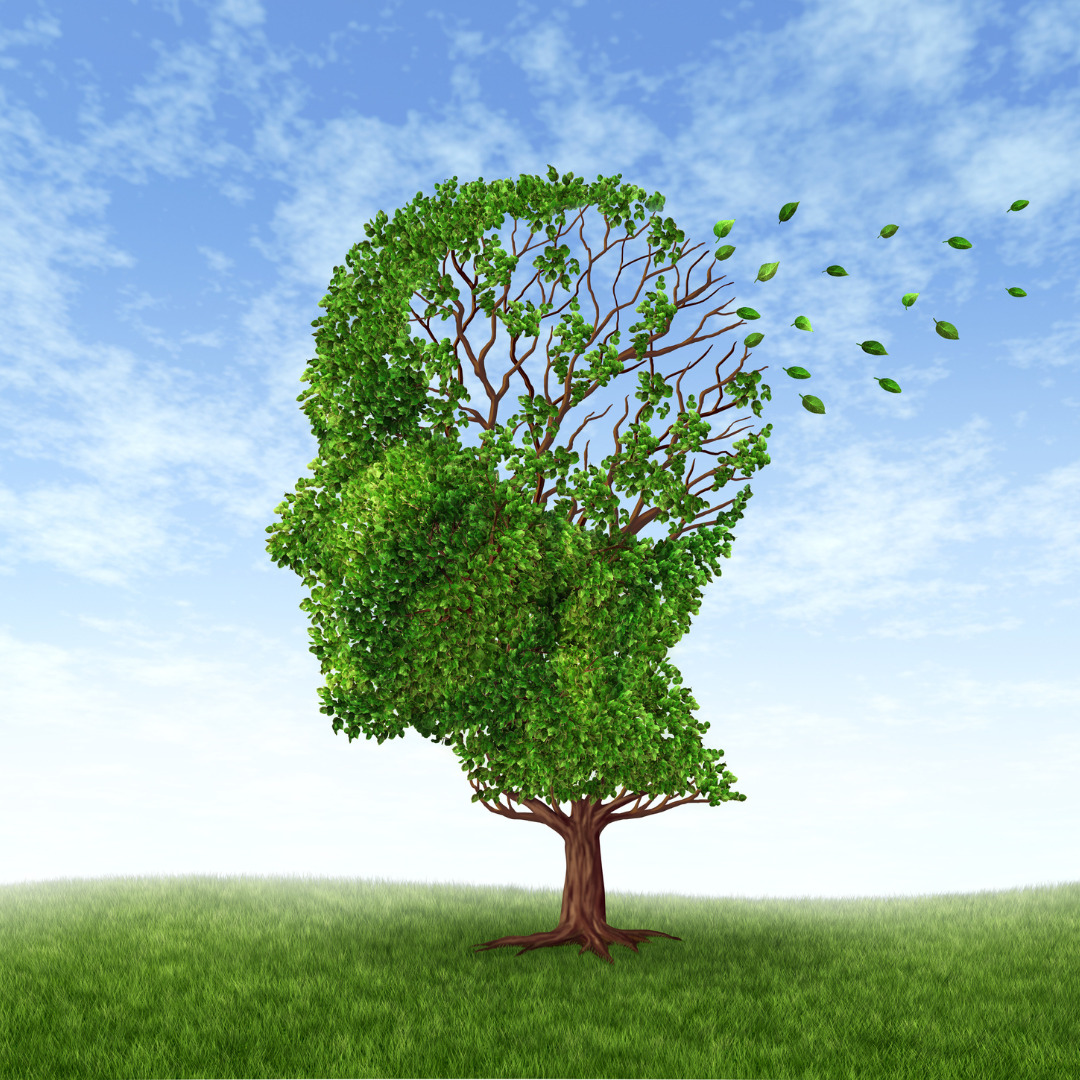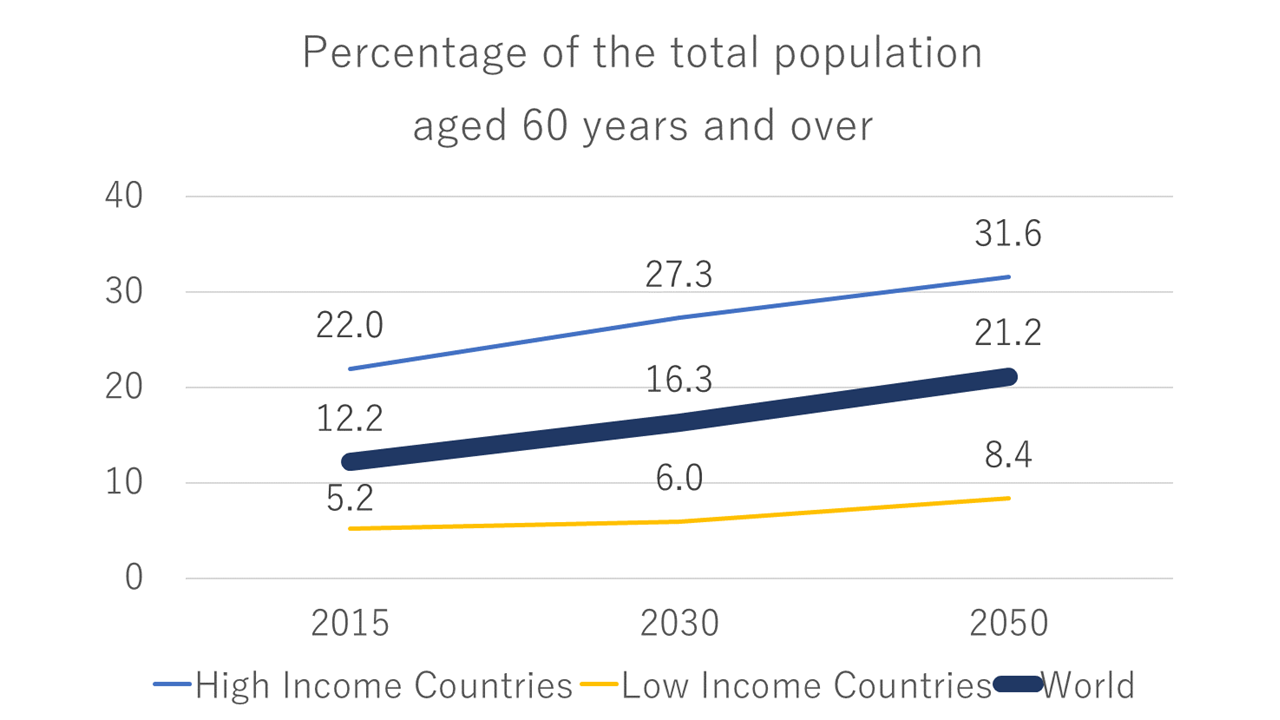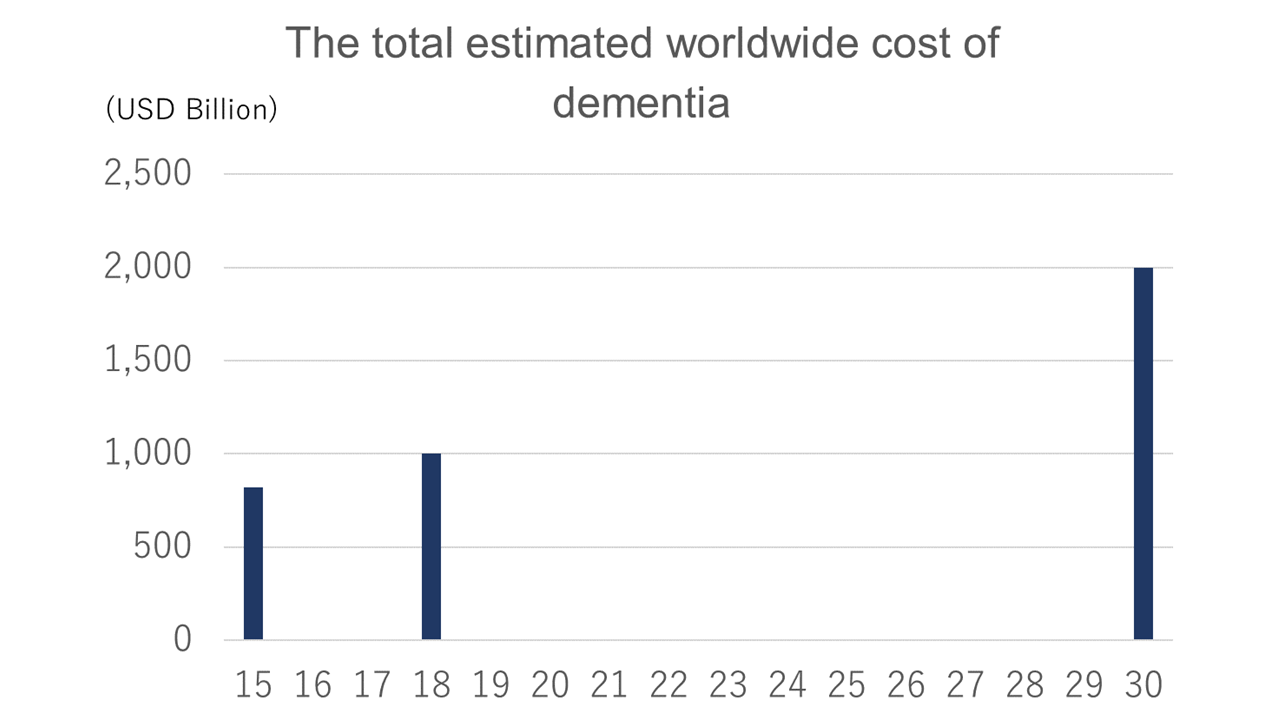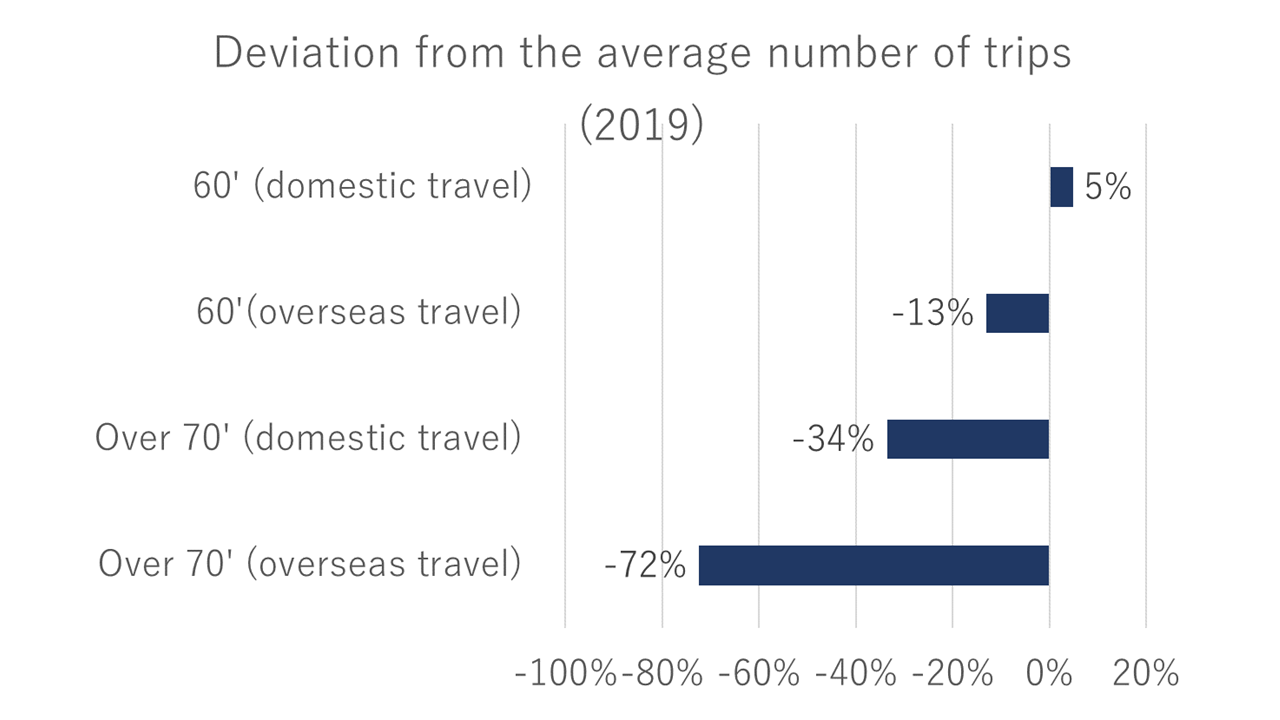Seniors should travel more to reduce dementia risk
Table of Contents
1: Club Tourism and Tohoku University confirm the potential for reducing dementia in travel
2: The number of dementia patients in Japan and around the world is on the rise
3: Bridging the travel divide and making travel more enjoyable for seniors
1: Club Tourism and Tohoku University confirm the potential for reducing dementia in travel
On 13 July 2021, Club Tourism Inc. and Tohoku University jointly announced that they had confirmed the possibility of reducing the risk of dementia in travel under certain conditions. They published this study in the academic journal “Humanities and Social Sciences Communications” in March 2021 as “Curiosity-tourism interaction promotes subjective well-being among older adults in Japan.”

This research and analysis have confirmed that curiosity is the motivation for travel. The mechanism is that the brain and body are stimulated through travel, which satisfies curiosity and increases subjective well-being. Curiosity is a personality that seeks information about a wide range of things.
Old research and analysis have proved that subjective well-being reduces the risk of dementia. So we can say that this research has newly confirmed the possibility of a dementia risk reduction effect from travel.

2: The number of dementia patients in Japan and around the world is on the rise
The background to these studies is that the number of people with dementia is increasing, not only in Japan but also worldwide, and countermeasures against the condition are an urgent issue.
According to the “Study on Future Estimates of the Elderly Population with Dementia in Japan” by Professor Toshiharu Ninomiya and his colleagues at Kyushu University, the number of dementia patients in Japan is expected to increase from 5.17 million in 2015 to 8.02 million in 2040. This projected figure is “the estimated number of patients corrected by the number of dementia patients in 2012 reported by the Ministry of Health, Labour and Welfare’s national survey”, while “the estimated number of patients calculated by a mathematical model” has also published a projected figure of 8.26 million in 2040.
According to the Study “the Economic Impact of Dementia in Japan” published by Keio University in March 2015, the social cost of dementia in 2014 was estimated at Yen 14.5 trillion. This includes Yen 1.9 trillion in medical costs, Yen 6.4 trillion in long-term care costs, and Yen 6.2 trillion in informal care costs. Informal care costs refer to care and support provided free of charge by family members and non-profit organizations.

Source: The Study “the Economic Impact of Dementia in Japan”
According to Alzheimer’s Disease International’s “World Alzheimer Report 2015,” the number of people with dementia worldwide is expected to increase significantly from 46.78 million in 2015 to 102.15 million in 2040. The global population is aging, and the reason for the increase in the number of people with dementia is that the prevalence of dementia increases rapidly with aging. In particular, the aging rate in High-Income Countries (HICs) is characterized by a large increase in the rate of aging, putting them at risk of further increases in dementia.

Source: World Alzheimer Report 2015

Source: World Alzheimer Report 2015

Source: World Alzheimer Report 2015
Note that the global cost of dementia is expected to be $818 billion in 2015, $1 trillion in 2018, and $2 trillion in 2030. $2 trillion is more than Italy’s GDP of $1.9 trillion, the seventh largest country in the global nominal GDP ranking in 2020. 2020’s global percentage of GDP will be 2.4% of the global GDP.

出所:World Alzheimer Report 2015
3: Bridging the travel divide and making travel more enjoyable for seniors
According to a report published by Sony Life on 8 September 2022, ‘Travel’ ranked first (45.3%) ahead of other pastimes in terms of current enjoyment among seniors (aged 50-79). However, the number of trips taken by seniors in Japan declines sharply for those aged 70 and over: in 2019, domestic trips will be 34% less frequent and international trips 72% less frequent than the average for all age groups; even for those aged 60 and over, international trips will be 13% less frequent than the overall average. The decline in the number of trips by seniors is not only related to language and financial issues, but also to their ability to gather the information and physical strength necessary for traveling.

Source: JTB Travel Annual Report 2020
Wanting to travel but not being able to travel is truly the Travel Divide. The travel divide is a term I coined, inspired by the digital divide. I define the travel divide as the elderly, disabled people, and families with children who give up traveling because of the burden of heavy luggage and travel information gaps.
If travel has the effect of preventing dementia, as mentioned above, then the travel divide, like the digital divide, needs to be resolved as soon as possible. The ability for seniors to travel easily could lead to a reduction in the social costs associated with dementia. We believe that freeing seniors from the heavy suitcase and eliminating the travel information gap is the key to providing more seniors with the opportunity to “light travel”.
We hope that by using our services, seniors will experience an increase in their “subjective well-being” through “light travel”.